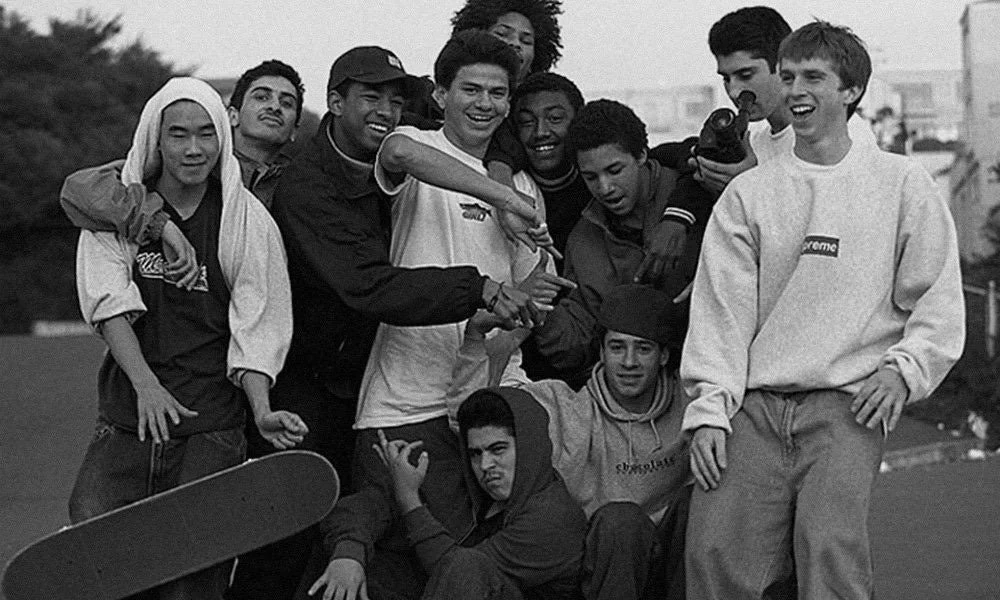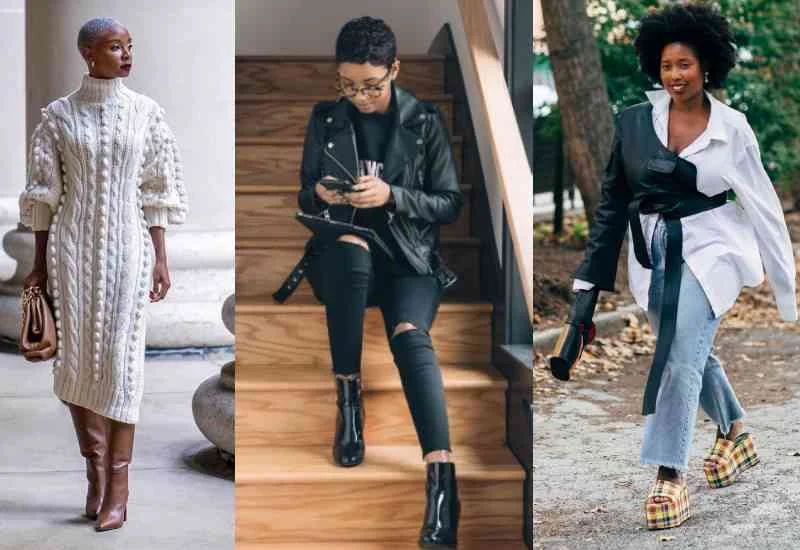The Evolution of Streetwear: From Subculture to Mainstream has been a fascinating journey to witness. What once started as a niche subculture in urban areas has now become a global phenomenon, influencing fashion, music, and even high-end luxury brands. Streetwear has evolved from being associated with counterculture and rebellious youth to being embraced by mainstream fashion and pop culture. This evolution has been marked by the incorporation of streetwear elements into high fashion runways, the collaboration of streetwear brands with luxury labels, and the widespread adoption of streetwear aesthetics by celebrities and influencers.
As streetwear has transitioned from subculture to mainstream, it has sparked curiosity and interest in alternative fashion, urban lifestyle, and the intersection of street culture and high fashion. People are intrigued by the fusion of casual and athletic styles with high-end design, the influence of hip-hop and skate culture on streetwear, and the role of social media in popularizing streetwear brands. The evolution of streetwear has also raised questions about authenticity, cultural appropriation, and the commercialization of a once underground movement. Overall, the transition of streetwear from subculture to mainstream has created a complex and dynamic landscape that continues to captivate and inspire fashion enthusiasts around the world.
The Origins of Streetwear
Streetwear has its roots in the skateboarding and hip-hop cultures of the 1970s and 1980s. It was a style of clothing that was born out of the streets, characterized by its casual and comfortable look. Brands like Stüssy, Supreme, and A Bathing Ape were among the pioneers of this movement, creating clothing that reflected the rebellious and non-conformist attitudes of the subcultures that embraced it.
As streetwear gained popularity, it became synonymous with an anti-establishment and edgy aesthetic. It was a form of self-expression for those who felt marginalized by mainstream fashion, and it quickly became a symbol of urban youth culture.
The Rise of Streetwear in Fashion
During the 1990s, streetwear started to gain traction in the fashion industry, with high-end designers and luxury brands taking notice of its influence. This led to collaborations between streetwear labels and traditional fashion houses, blurring the lines between high and low culture. The likes of Virgil Abloh and Kanye West began to bridge the gap between streetwear and high fashion, bringing elements of street style to the runway.
With the rise of social media and influencer culture, streetwear became more accessible and visible than ever before. The endorsement of streetwear by celebrities and fashion icons further propelled its ascent into the mainstream, solidifying its position as a dominant force in the fashion industry.
The Impact of Streetwear on Pop Culture
Streetwear has had a significant impact on pop culture, influencing not only fashion but also music, art, and entertainment. Streetwear brands have become intertwined with the celebrity and hip-hop worlds, with artists often collaborating on limited-edition collections and endorsing the latest trends. The rise of streetwear has also sparked a resurgence of interest in sneaker culture, with iconic brands like Nike and Adidas becoming synonymous with the streetwear aesthetic.
Furthermore, streetwear has permeated the worlds of art and design, with street artists and graphic designers often collaborating with clothing brands to create unique and limited-edition pieces. This cross-pollination of different creative disciplines has resulted in a fusion of streetwear with other forms of artistic expression, further solidifying its influence on pop culture.
The Globalization of Streetwear
What started as a subcultural movement in the streets of New York and Los Angeles has now become a global phenomenon. Streetwear’s influence can be seen in fashion capitals around the world, from Tokyo to London to Paris. The globalization of streetwear has led to a more diverse and inclusive representation of style, with different regions incorporating their own unique twists on the streetwear aesthetic.
Additionally, the rise of e-commerce and online communities has made streetwear more accessible to a global audience. Streetwear enthusiasts from different corners of the world can now connect and engage with each other, sharing and shaping the latest trends in real-time. This interconnectedness has further propelled the globalization of streetwear, making it a truly universal cultural movement.
The Future of Streetwear
As streetwear continues to evolve, it shows no signs of slowing down. Its influence on mainstream fashion and pop culture is undeniable, and it has reshaped the way we think about style and self-expression. The future of streetwear lies in its ability to adapt and innovate, staying true to its subcultural roots while also pushing the boundaries of what is considered “fashionable.”
With sustainability and ethical fashion becoming increasingly important, streetwear brands are also rethinking their production processes and materials, paving the way for a more conscious approach to streetwear. As the boundaries between streetwear, high fashion, and activewear continue to blur, the future of streetwear is likely to be defined by its ability to embrace diversity, creativity, and cultural exchange.
| Stage | Description |
|---|---|
| Origins | Streetwear originated from urban subcultures such as skateboarding, hip-hop, and graffiti in the 1970s and 1980s. |
| Rise of Brands | Independent streetwear brands like Stüssy and Supreme emerged, catering to the subculture and gaining popularity. |
| Celebrity Endorsement | Celebrities and musicians started wearing streetwear, bringing it to the mainstream and influencing its popularity. |
| Luxury Collaboration | High-end fashion brands began collaborating with streetwear labels, blurring the lines between luxury and street fashion. |
| Mainstream Acceptance | Streetwear became widely accepted in mainstream fashion, influencing runway shows and high-street retailers. |
Streetwear has evolved from its roots in urban subcultures to become a dominant force in mainstream fashion. What started as a niche style has now permeated all levels of the fashion industry, reflecting the changing dynamics of consumer culture and the influence of street style on high fashion.




